Cooling Our Cities: Unlocking the Power of Trees to Beat the Urban Heat Island Effect
How Urban Trees Are a Powerful, Natural Defense Against Rising Temperatures and the Urban Heat Island Effect
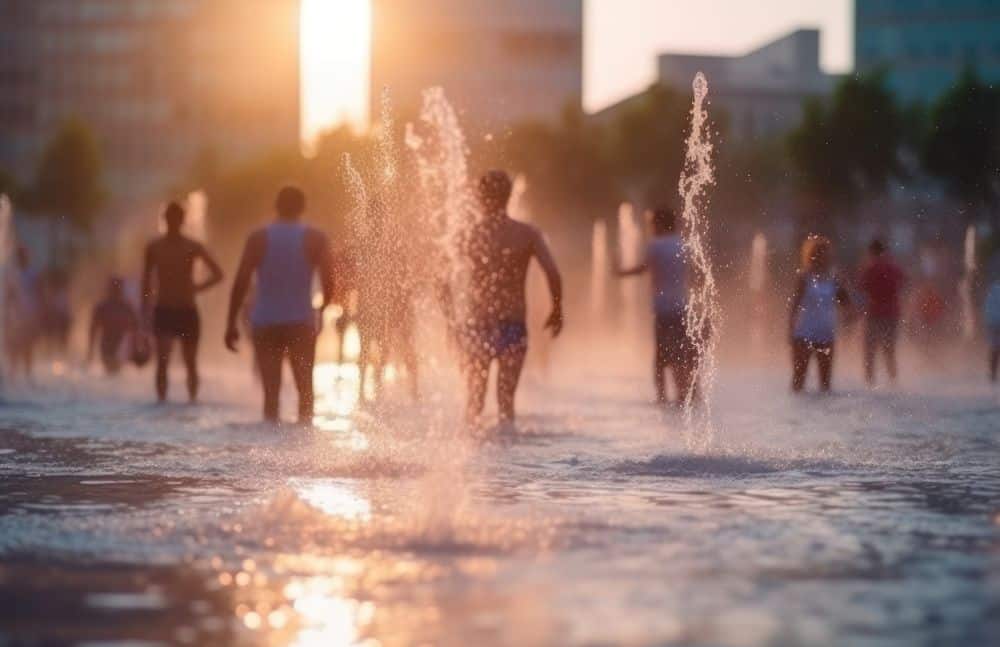
Cities worldwide are facing unprecedented challenges as climate change intensifies, and one of the most pressing is the Urban Heat Island (UHI) effect. Urban areas, filled with heat-absorbing materials like asphalt and concrete, can be several degrees hotter than their rural surroundings. This temperature difference persists into the night, creating chronic “urban heat hotspots” that strain public health systems and disproportionately impact vulnerable communities.
Why Urban Heat Islands Matter
- Increased Energy Costs: For every 1°F increase in temperature, cooling demand rises by 1.5–2%. Up to 10% of a city’s total electricity use can be attributed to compensating for the UHI effect.
- Infrastructure Degradation: Prolonged heat accelerates the deterioration of roads and bridges, leading to costly repairs and reduced lifespan of critical infrastructure.
- Public Health Risks: Extreme heat causes more fatalities than any other weather event, increasing the risk of heat-related illnesses, especially among the elderly and those with pre-existing conditions.
- Environmental Impacts: UHIs can alter local climates, disrupt rainfall patterns, and increase air pollution by boosting ground-level ozone formation.
Trees: Nature’s Solution to Urban Heat Islands
Urban forestry and green infrastructure offer practical, scalable, and cost-effective solutions to combat extreme heat while enhancing the overall livability of cities. Trees play a central role in cooling urban environments through several natural processes. First and foremost, their canopies provide essential shade that blocks direct sunlight, significantly reducing surface temperatures on streets, sidewalks, and buildings, as well as cooling the ambient air. Beyond shading, trees contribute to cooling through evapotranspiration, the process by which they release water vapor from their leaves into the atmosphere. This moisture helps lower surrounding air temperatures and increases local humidity, creating a more comfortable microclimate even during intense heatwaves.
In addition to their cooling benefits, strategically planted trees contribute to energy savings by lowering the demand for air conditioning in nearby buildings. Studies have shown that well-placed trees can cut cooling energy use by up to 30 percent, which not only reduces utility bills for residents and businesses but also decreases greenhouse gas emissions tied to electricity production. Trees also improve air quality by filtering harmful pollutants such as nitrogen oxides, particulate matter, and carbon dioxide. By absorbing these pollutants and reducing the formation of ground-level ozone, trees help mitigate respiratory issues and create healthier urban environments. Taken together, urban trees are a multi-functional asset—providing shade and cooling, saving energy, improving air quality, and enhancing resilience against the growing threat of extreme heat in cities worldwide. As climate change accelerates, expanding tree cover is one of the most effective natural strategies cities can adopt to protect public health and create more sustainable, comfortable urban spaces.
Cooling Impacts of Urban Trees
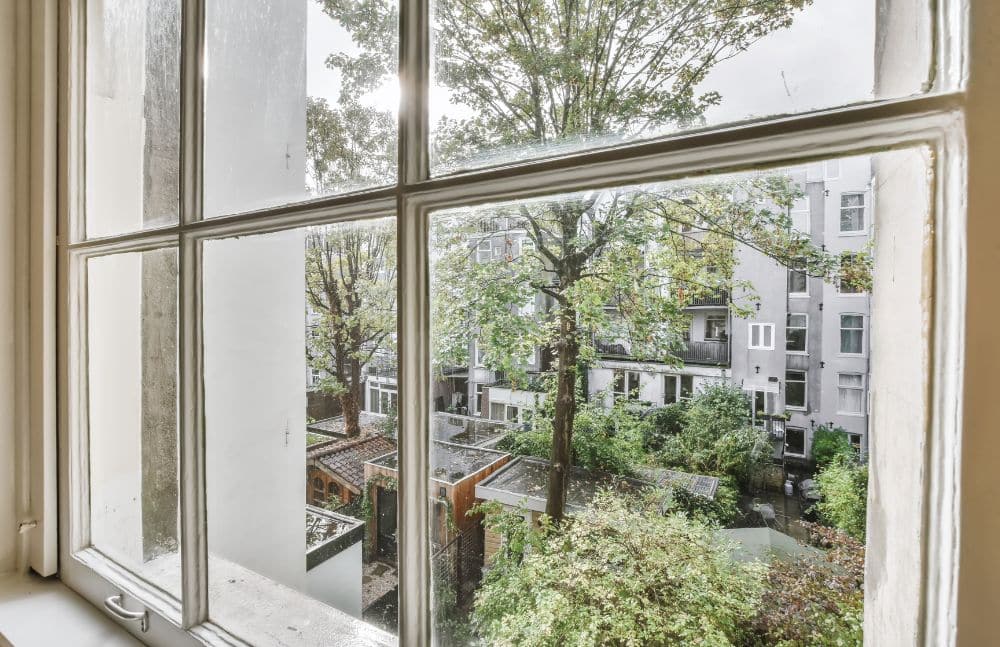
A tree canopy within 10 meters can reduce daytime air temperature by up to 1.7°C (3°F).
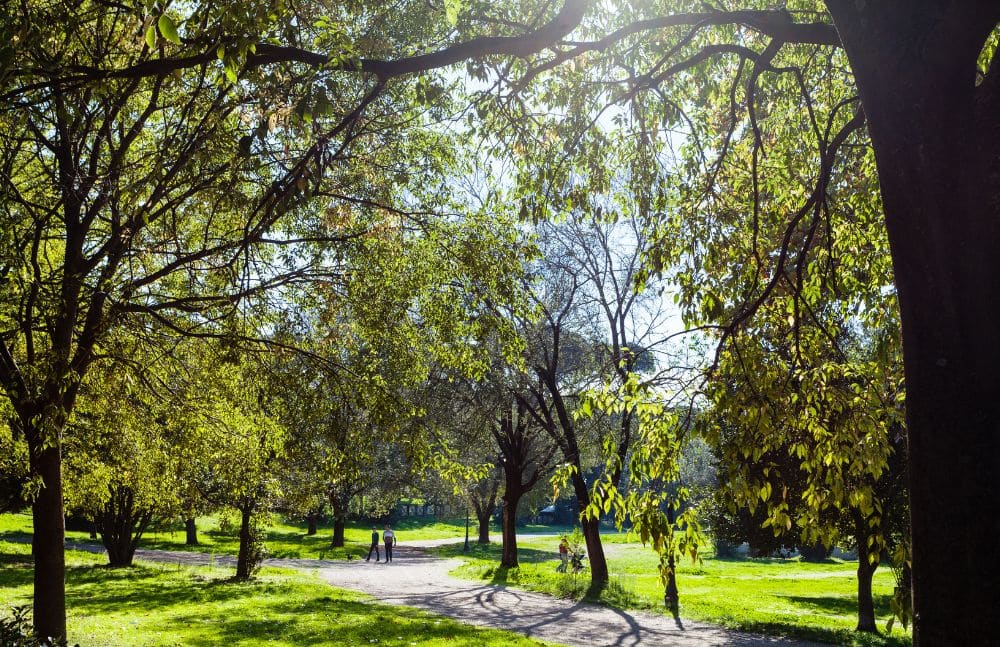
Urban parks and green spaces can be up to 5.6°C (10°F) cooler than surrounding built-up areas.
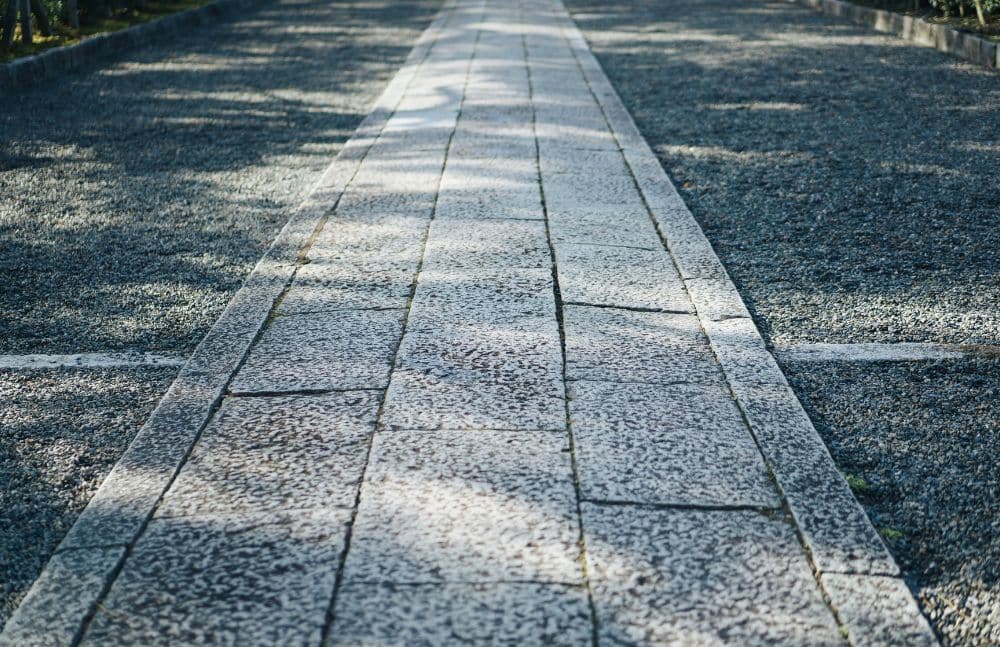
Cool pavements and reflective surfaces, when combined with increased tree cover, can further reduce surface temperatures and extend the life of roads and sidewalks.
Real-World Success Stories
Cities like Fremont, California, and the Port of Bellingham, Washington, are setting powerful examples of how thoughtful, data-driven urban forestry can make a real difference in combating extreme heat and improving urban environments. These places demonstrate that tailored approaches, grounded in solid data and community engagement, are key to cultivating resilient, healthy cities.
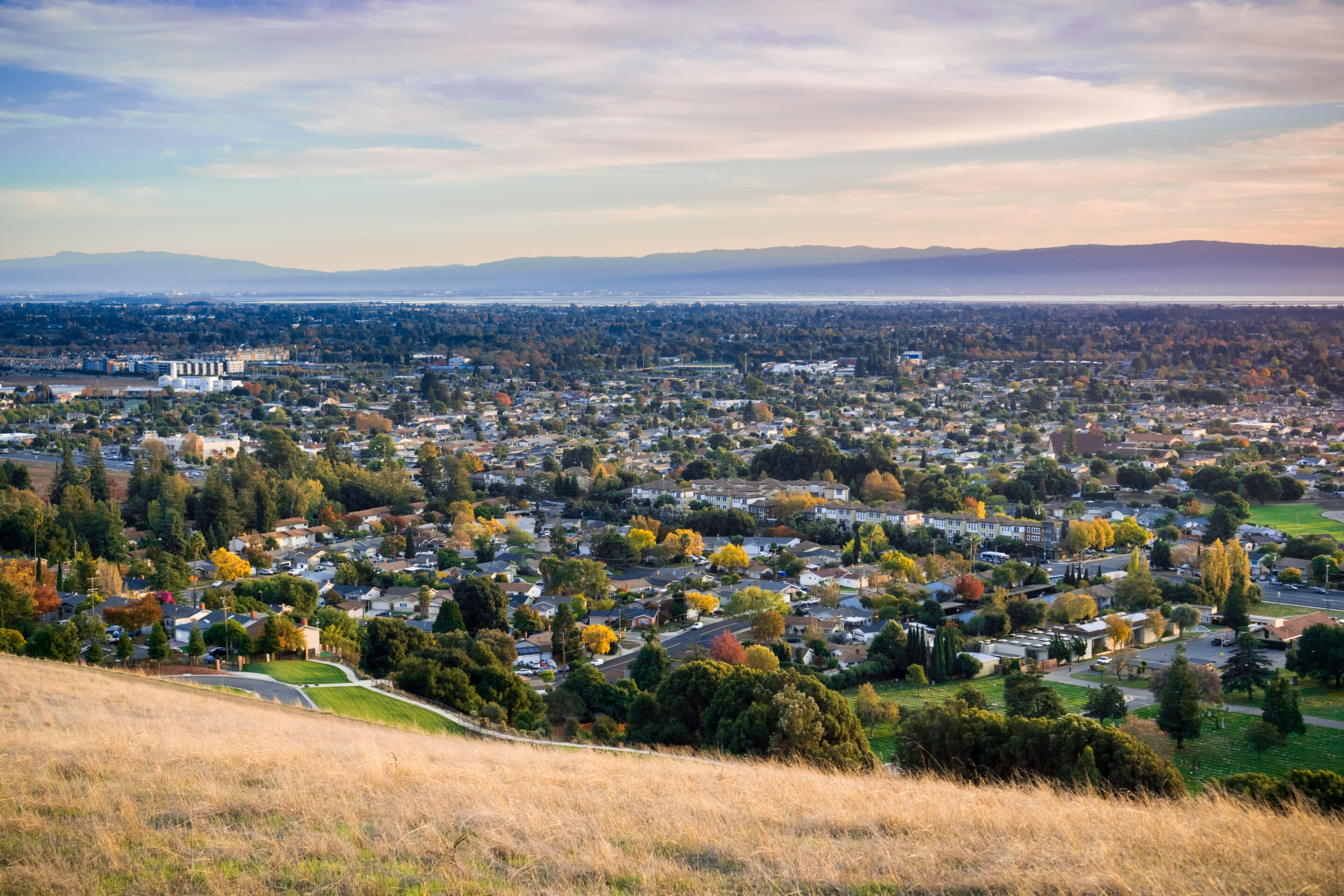
Fremont, California
Fremont has developed an ambitious goal to increase its urban tree canopy from approximately 14–15% to 24% over the next 40 years. The plan involves not only planting new trees but also fostering a culture of stewardship among residents. The city actively encourages community involvement through education and volunteer programs focused on planting, caring for, and maintaining trees. By empowering residents, Fremont ensures trees have a longer lifespan, maximizing their benefits for shade, cooling, and energy savings. This comprehensive, long-term approach ensures that the canopy growth is sustainable, equitable, and impactful in mitigating urban heat island effects.
Port of Bellingham, Washington
Meanwhile, the Port of Bellingham employs cutting-edge, high-resolution mapping technology to pinpoint priority planting areas with precision. The focus is on industrial zones where heat impacts and pollution tend to be highest. By strategically increasing green cover in these hotspots, Bellingham aims to reduce localized temperatures, improve air quality, and manage stormwater effectively. This targeted approach not only improves environmental outcomes but also supports social equity by addressing heat and pollution burdens often disproportionately borne by vulnerable communities. Together, Fremont and Bellingham illustrate how data-informed urban forestry strategies can catalyze measurable climate resilience and livability improvements in diverse urban landscapes.
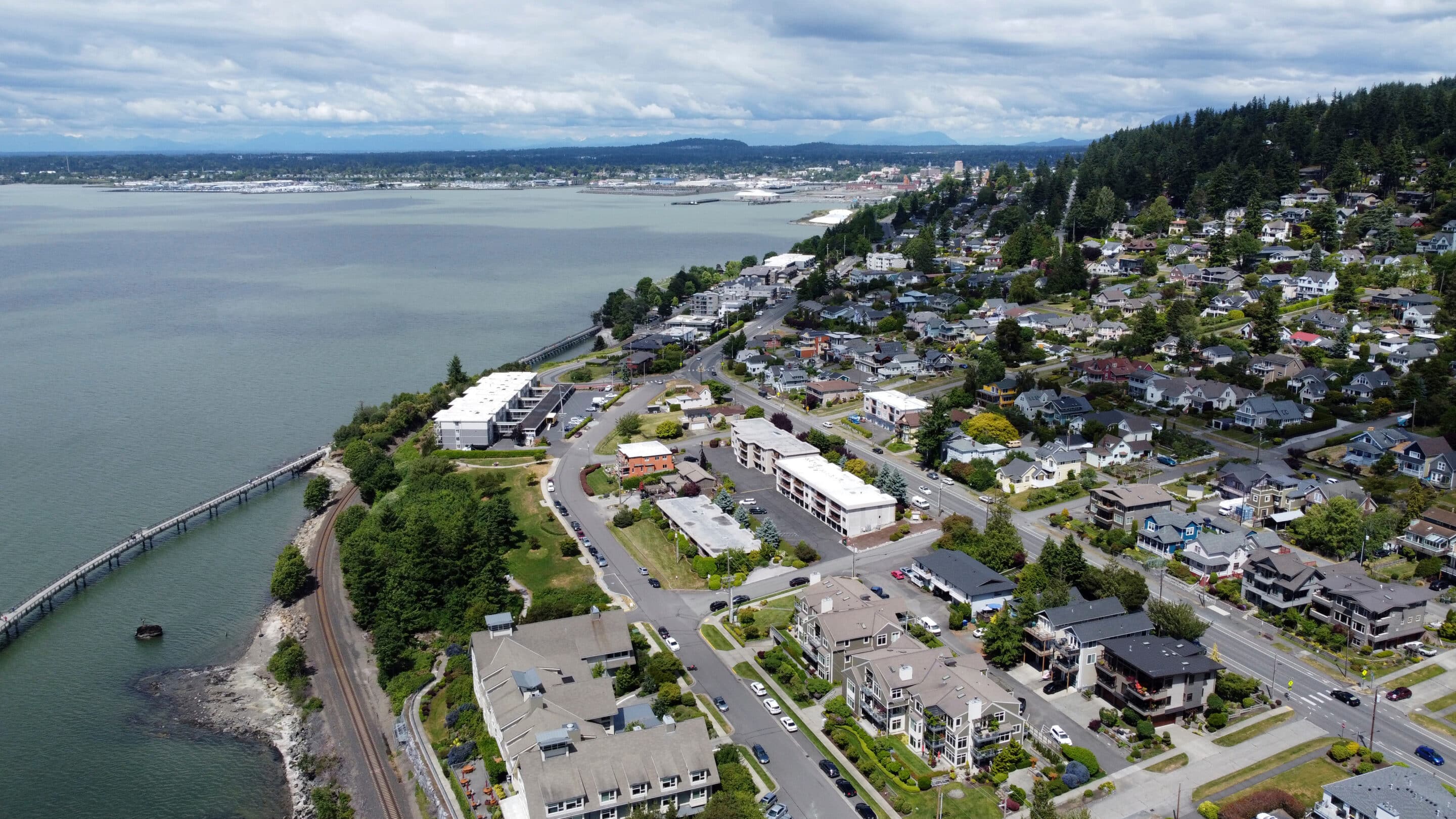
A Framework for Urban Forestry Implementation
Urban leaders can follow a five-step framework to integrate trees into their heat mitigation strategies:
- PLAN: Set canopy goals and prioritize underserved, high-risk communities.
- ASSESS: Use tools like Tree Canopy Assessments to identify heat-vulnerable areas.
- ENGAGE: Build community support through education and public engagement.
- INCENTIVIZE: Provide funding or tax relief for tree planting and maintenance.
- POLICY: Support goals with ordinances, zoning updates, and master plans.
The Data-Driven Case for Investment
Expanding tree canopy and using reflective surfaces can reduce heat-related emergency room visits by up to 50%, translating to significant public health savings. Accurate urban forestry data strengthens applications for climate adaptation funding by quantifying benefits like reduced runoff, improved air quality, and enhanced livability.
Building Cooler, Healthier Cities
Extreme heat is intensifying, but cities are not powerless. Strategic, data-backed urban forestry offers a high-impact, low-tech solution to cool neighborhoods, protect health, and increase resilience. By combining actionable insights, the right tools, and community engagement, urban leaders can build greener, calmer, and more equitable cities for generations to come.

DOWNLOAD OUR FULL EBOOK: TACKLING EXTREME HEAT: THE CRITICAL ROLE OF TREES IN URBAN AREAS
Related Resources
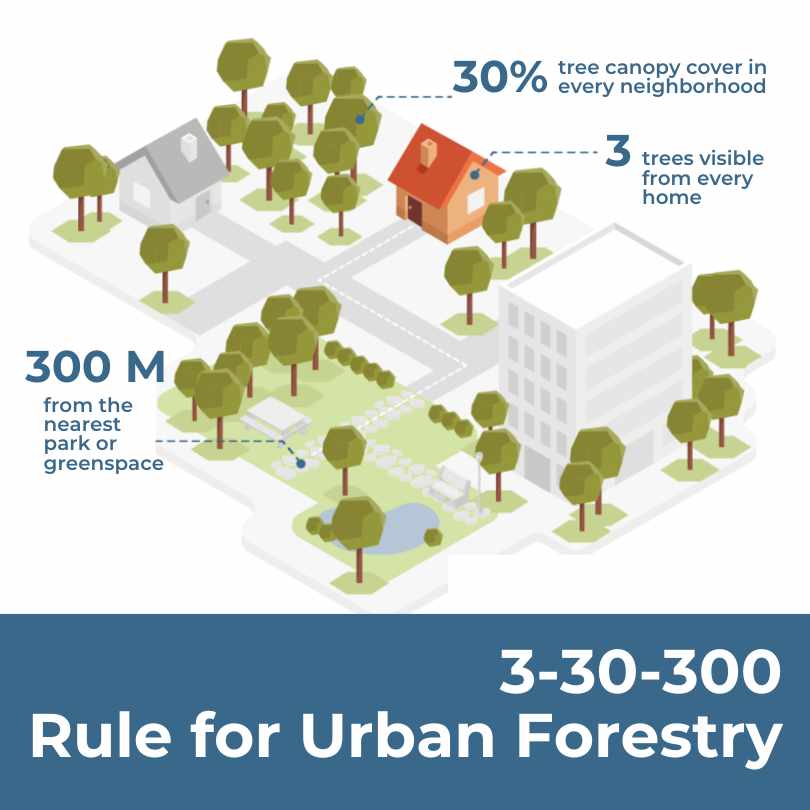
Urban Forestry’s New Benchmark: The 3-30-300 Rule
Unpacking the New Rule of Thumb for Urban Greening. In 2021 Cecil Konijnendijk, Director at the Nature Based Solutions Institute, proposed a new guideline for greener, healthier, more resilient cities: the 3-30-300 rule. The rule sets three minimum criteria for urban trees and green space.
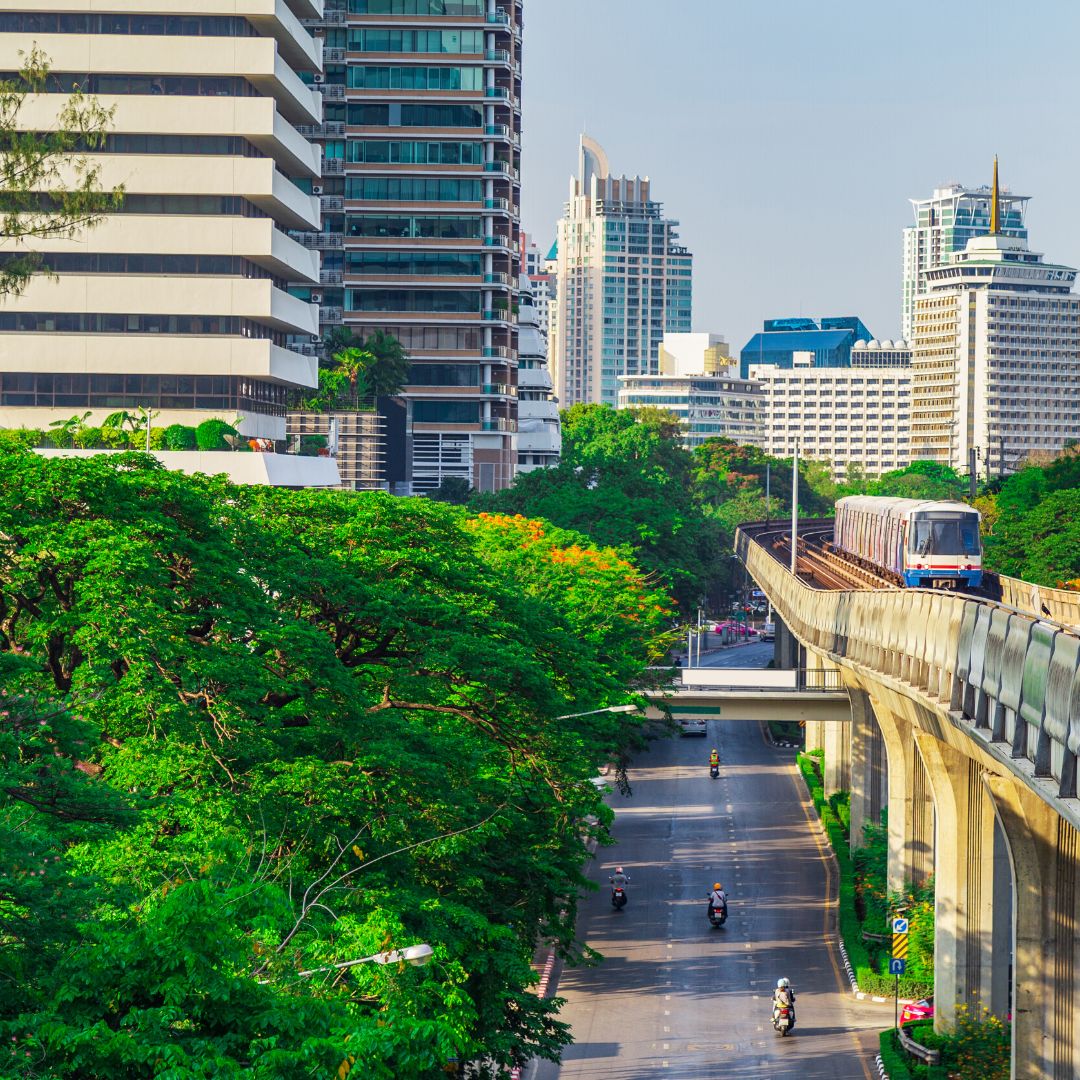
Urban Forestry and Heat Mitigation 101: Free Guide
This guide covers opportunities at the intersection of urban forestry and heat mitigation, including the fundamentals of urban heat, methods to measure heat and tree canopy, and urban forest strategies for heat mitigation.
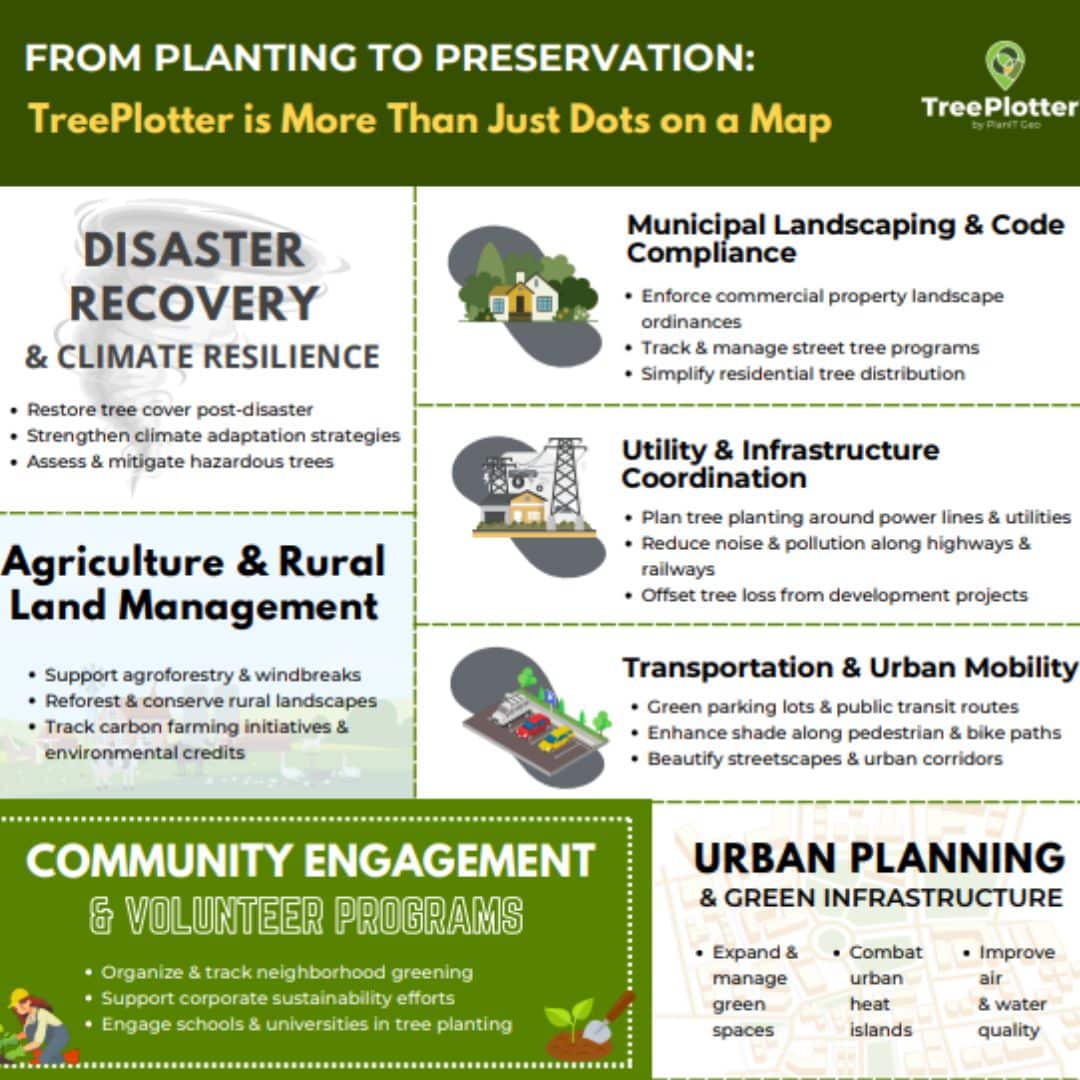
FROM PLANTING TO PRESERVATION:
TreePlotter is More Than Just Dots on a Map
Unlock Comprehensive Green Project Management
- Urban Planning & Green Infrastructur
- Municipal Landscaping & Code Compliance
- Community Engagement & Volunteer Programs
- Disaster Recovery & Climate Resilience….and more

Wildfire-Ready Communities: Strategies for Resilience and Preparedness
This webinar delves into wildfire mitigation, pre-planning, and best practices for incorporating wildfire risk into urban forest management plans. Experts from forestry, fire management, and community engagement will share proactive strategies, including fire-resistant landscaping, community education, and collaborative wildfire mitigation projects across jurisdictions. Attendees will gain valuable insights into certification programs, risk assessment techniques, and practical wildfire prevention solutions. Whether you’re a forestry professional, urban planner, or community leader, this session offers actionable strategies to strengthen wildfire resilience in urban forests and surrounding communities.
Stay Up To Date With The Latest News and Events
Join Our Community
Stay informed on the urban forestry industry with our monthly TREEbune newsletter, live webinars, and industry-specific content delivered to your inbox.
Urban Forestry Webinars
PlanIT Geo has a substantial on-demand webinar library. Get CEU credits, grow your knowledge base, and stay current on cutting edge industry technology.
Follow Us
We love to share industry-related news, software tutorials, blogs, and company news across our social channels.
Stay Up To Date With The Latest News and Events
Join Our Newsletter
Stay informed on the urban forestry industry with our monthly TREEbune newsletter, live webinars, and industry-specific content delivered to your inbox.
Urban Forestry Webinars
PlanIT Geo has a substantial on-demand webinar library. Get CEU credits, grow your knowledge base, and stay current on cutting edge industry technology.
Follow Us
We love to share industry-related news, software tutorials, blogs, and company news across our social channels.
